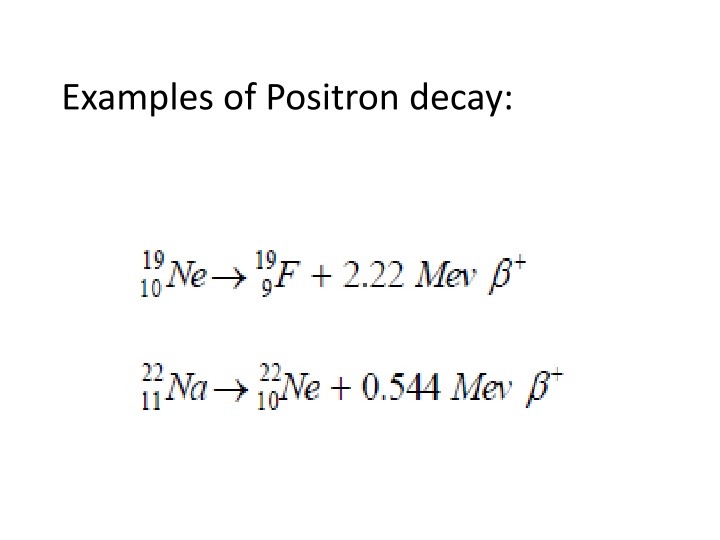
Understanding Alpha Decay in Nuclear Physics
Explore examples of positron decay and the process of alpha decay in nuclear physics. Learn how heavy nuclides emit alpha particles and undergo a series of decay processes to reach a stable element with discrete energy levels.
Download Presentation

Please find below an Image/Link to download the presentation.
The content on the website is provided AS IS for your information and personal use only. It may not be sold, licensed, or shared on other websites without obtaining consent from the author. If you encounter any issues during the download, it is possible that the publisher has removed the file from their server.
You are allowed to download the files provided on this website for personal or commercial use, subject to the condition that they are used lawfully. All files are the property of their respective owners.
The content on the website is provided AS IS for your information and personal use only. It may not be sold, licensed, or shared on other websites without obtaining consent from the author.
E N D
Presentation Transcript
Alpha Decay Alpha decay occurs for those nuclides which have an atomic number greater than 82. Such heavy nuclides have no stable configuration of neutrons and protons, and as a result, emit an alpha particle consisting of 2 protons and 2 neutrons.
Generally, a series of alpha (as well as beta) decays are required until a lighter, stable element is reached. Unlike beta particles, alpha particles are emitted with a discrete energy.






















